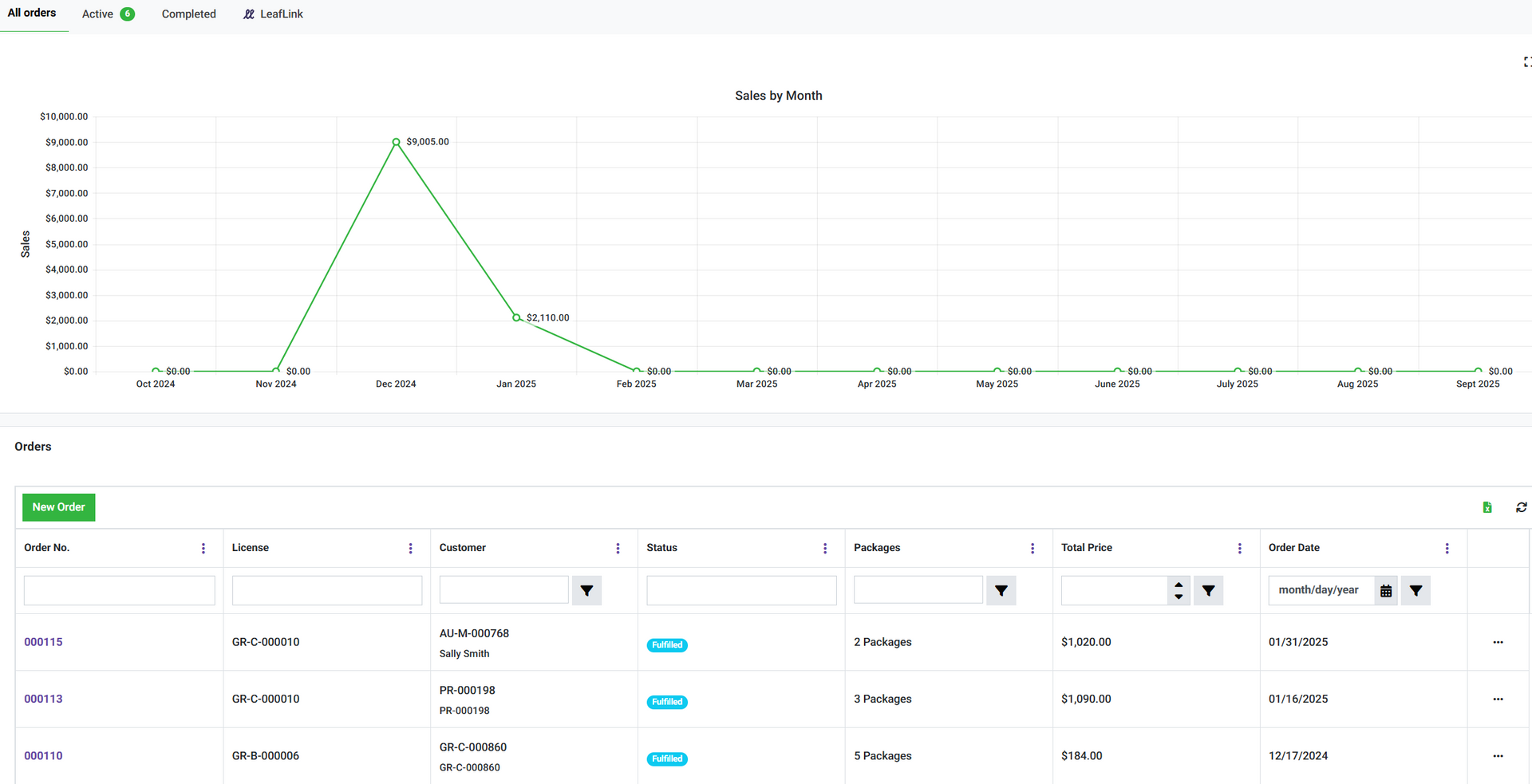What Is RFID Technology?
If you operate a grow house facility, you know how time-consuming it is to scan each plant to maintain METRC cannabis compliance. It’s almost a job in and of itself.
Plus, in environments with two-tier systems, standard bar-coding solutions leave room for error and, can also be dangerous to both employees and plants.
It doesn’t have to be, though. A METRC scanner using RFID technology has made the process safer and much more efficient.
What Is RFID Technology?
RFID stands for radio-frequency identification. While this particular brand of technology has been around since World War II, the demand for RFID equipment is rising.
With RFID technology, digital data is encoded in tags or smart labels that can be captured by a device utilizing radio waves. The data is viewed by the reader and then stored in a database. It’s similar to barcoding, but - more complex and offers several advantages over barcoding.
While a barcode can help differentiate between cleaning products and apples, for example, it doesn’t provide data on each individual apple. RFID technology, however, allows cannabis growers to tag EACH individual plant to track data from the entire seed to sale process.
Plus, RFID METRC tags hold more data than a barcode can. They’re not susceptible to ripping and smearing like barcodes. And as long as the cannabis RFID scanner is in proximity to them, no line of sight is required to scan the tags. This allows for hundreds of tags to be read simultaneously, which greatly expedites shipping and receiving.
How Does It Do Its Magic?
Don’t worry. We won't go all egghead on you here.
We’ll start by saying that RFID belongs to a group of technologies known as Automatic Identification and Data Capture (AIDC). AIDC methods identify objects, gather data about them, and then enter the info directly into a computer system. This process is completed with little or no human intervention.
RFID systems consist of three essential components. First, there is the RFID tag or smart label. In the case of grow houses, these are used on each plant. Second, there is a device such as a METRC RFID scanner which reads the data. Finally, there is an antenna.
Each RFID tag consists of an integrated circuit and an antenna. Through radio waves, these work to transmit data to the scanner, which converts the radio waves to usable data. That information is then transferred through a communications interface to a computer system where it can be stored in a database.
It’s as simple as that.
The Many Benefits of Using RFID in the Cannabis Industry
RFID tracking systems are proving to be game-changers for cannabis producers and cultivators. Even processors.
Given the overwhelming number of plants they must manage while maintaining compliance, it’s dizzying to factor how much time and money it would take employees to record the data for each plant. Then, of course, there’s the aforementioned issue of human error.
RFID technology puts the kibosh on this. Growers also find it immensely valuable for the following:
Environmental Sensing
Monitoring environmental data is nothing new. Those in agriculture have done so for decades to conserve water and forecast crop yields. So it makes perfect sense that cannabis producers would benefit from doing the same.
After all, cannabis isn’t the easiest crop to grow–e. Especially because it has to be cultivated indoors in an environment requiring very specific temperatures and humidity levels. Too much humidity, and growers run the risk of
losing their crop to mold and other diseases.
RFID technology institutes environmental sensing capabilities to monitor every aspect of the grow house environment. It ensures that the temperature and humidity are correct, but it can even measure ambient light in the grow facility.
Monitoring Inventory and Product Performance
Cannabis producers are all too familiar with the nightmare stories of receiving huge fines because of inventory discrepancies.
Of course, these fines vary from state to state with some being stricter than others. Even so, it’s not a cost any company wishes to incur. Especially when it can be easily avoided.
Automated data collection through RFID alleviates this possibility, and producers can supply inventory reports during compliance inspections.
Furthermore, this data helps them make more informed business decisions while keeping their thumb on the pulse of their customers’ preferences.
It’s hard to put a price on that.
RFID Is a Worthwhile Investment
In a nutshell, RFID technology enables accurate real-time inventory analysis while reducing labor costs and the errors that often come with manual counting. It’s the most accurate and cost-effective means for plant management.
When integrated with
seed-to-sale software, the product can be traced from tagging at cultivation to identifying the consumer at the point of sale - with data communicated back to METRC.
So if you’d like to find out how RFID can assist your grow operations, contact us to
schedule a demo. We’ll help you stay ahead of the competition.





